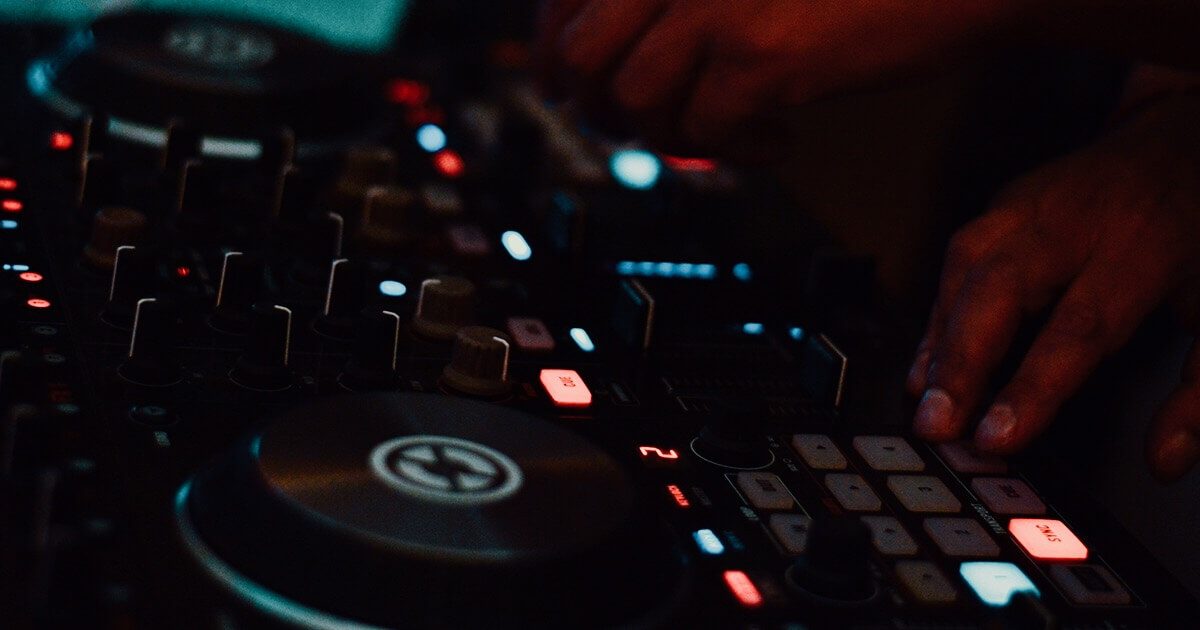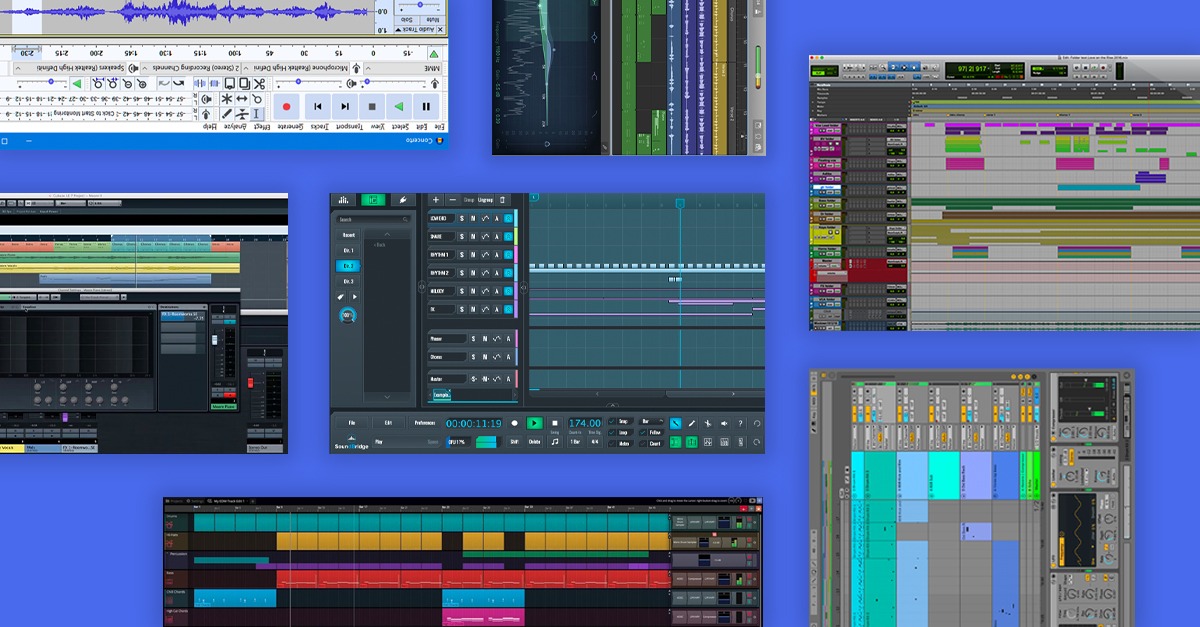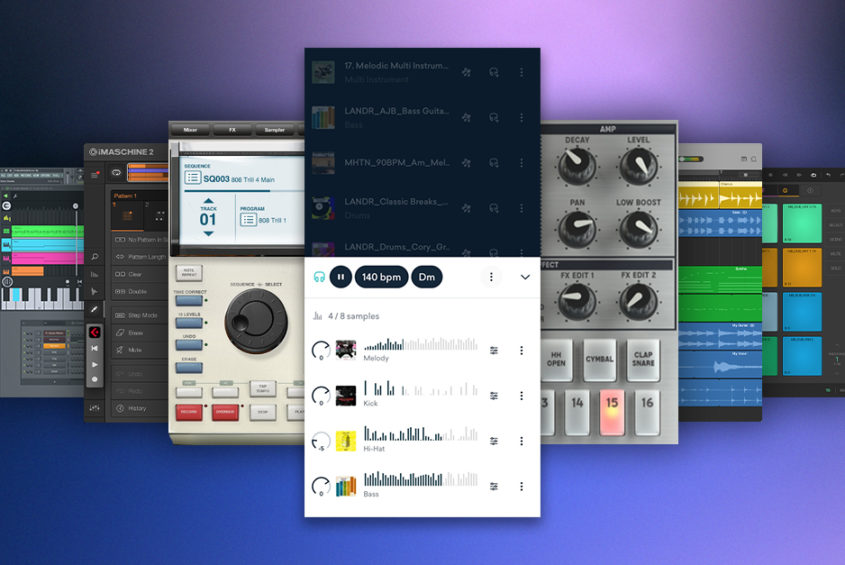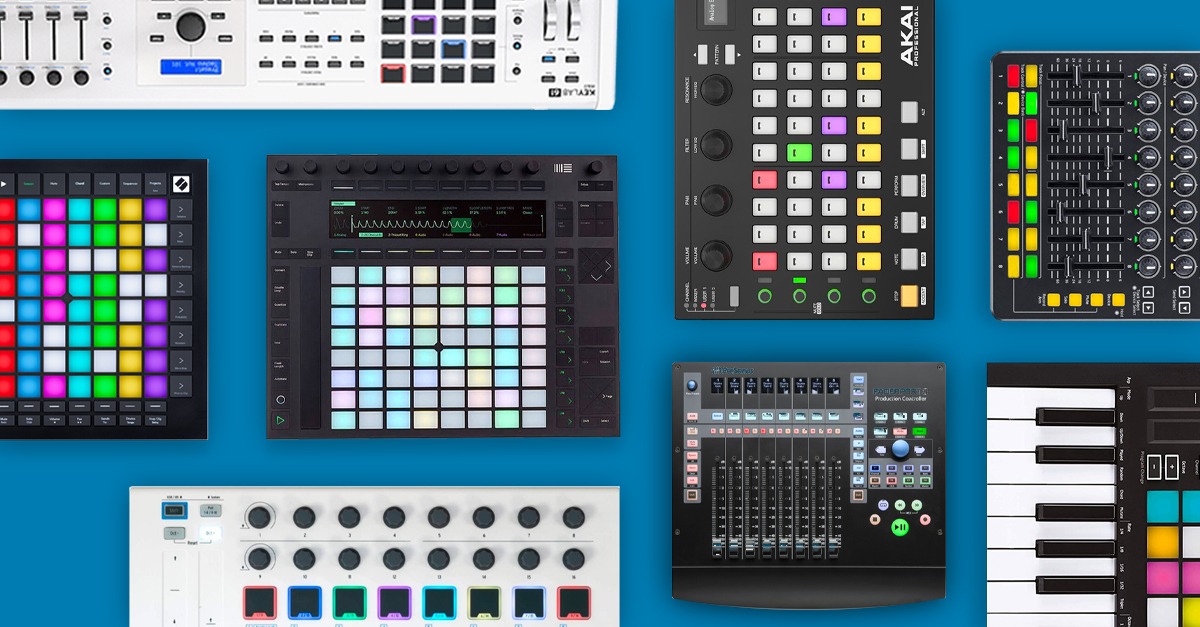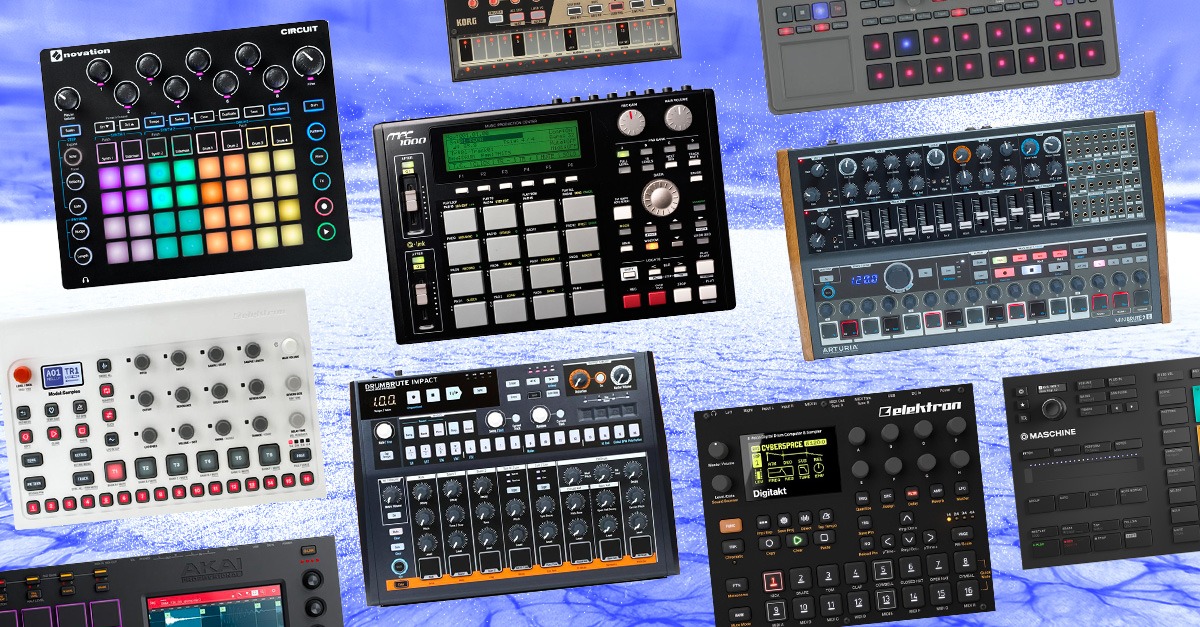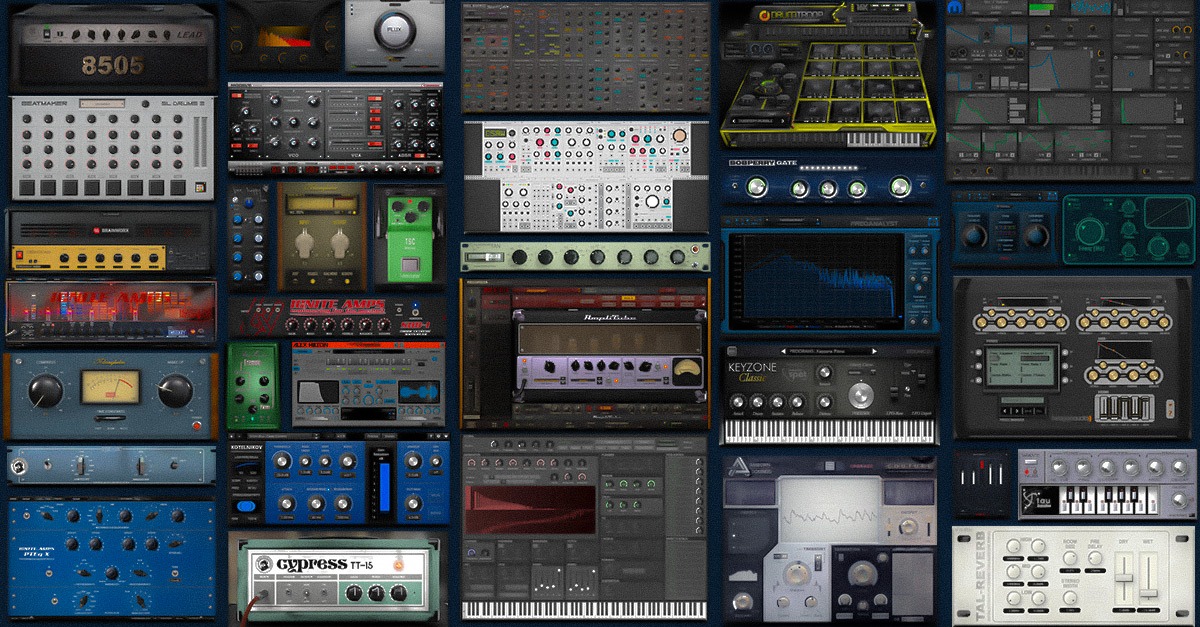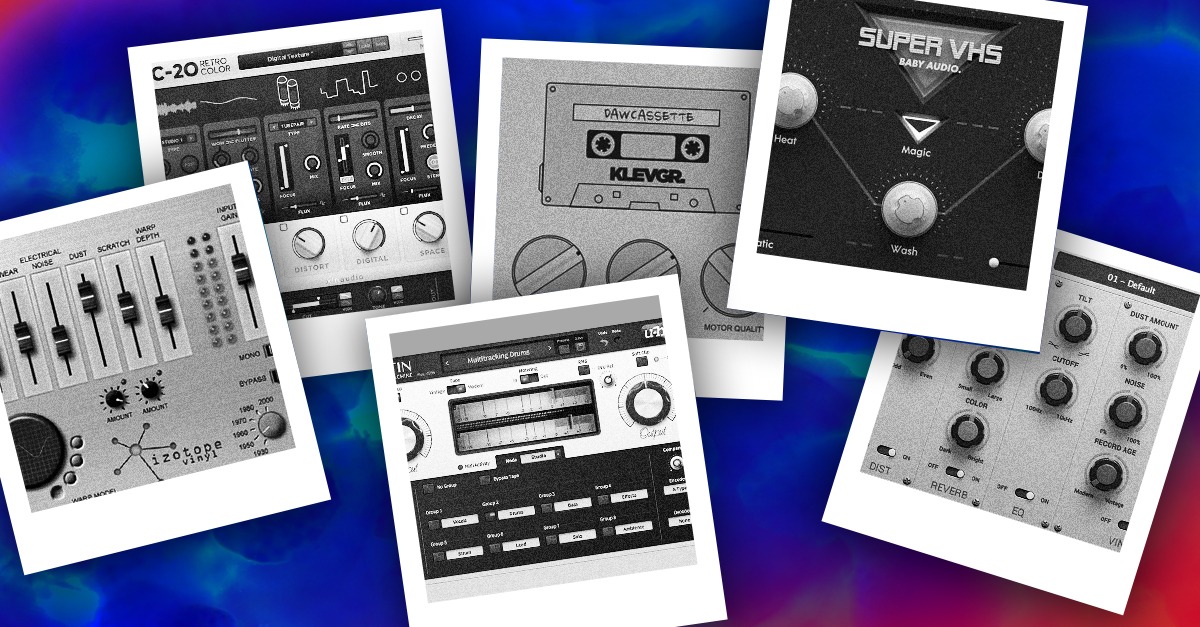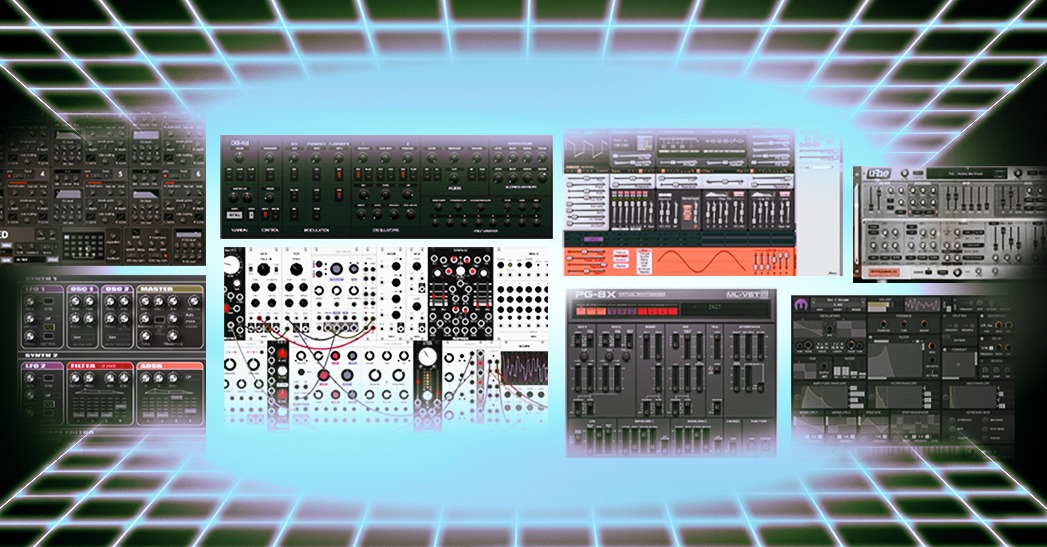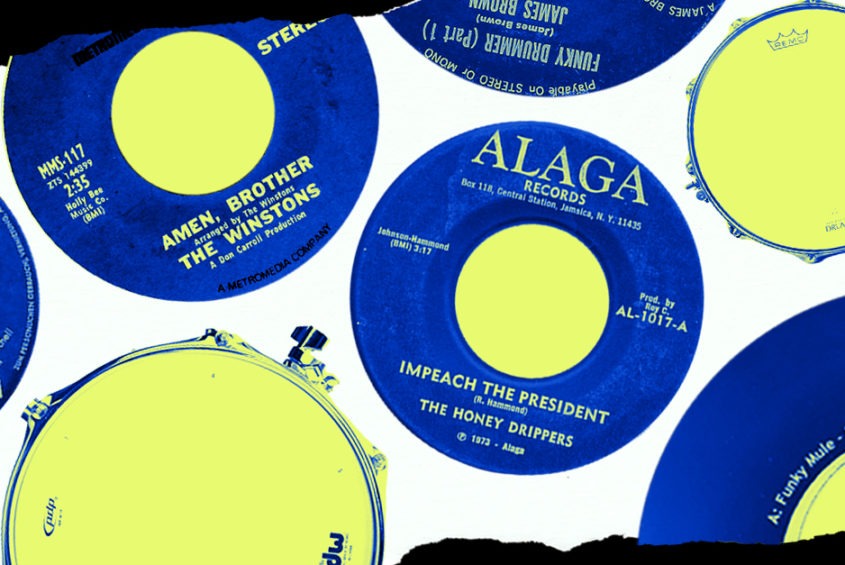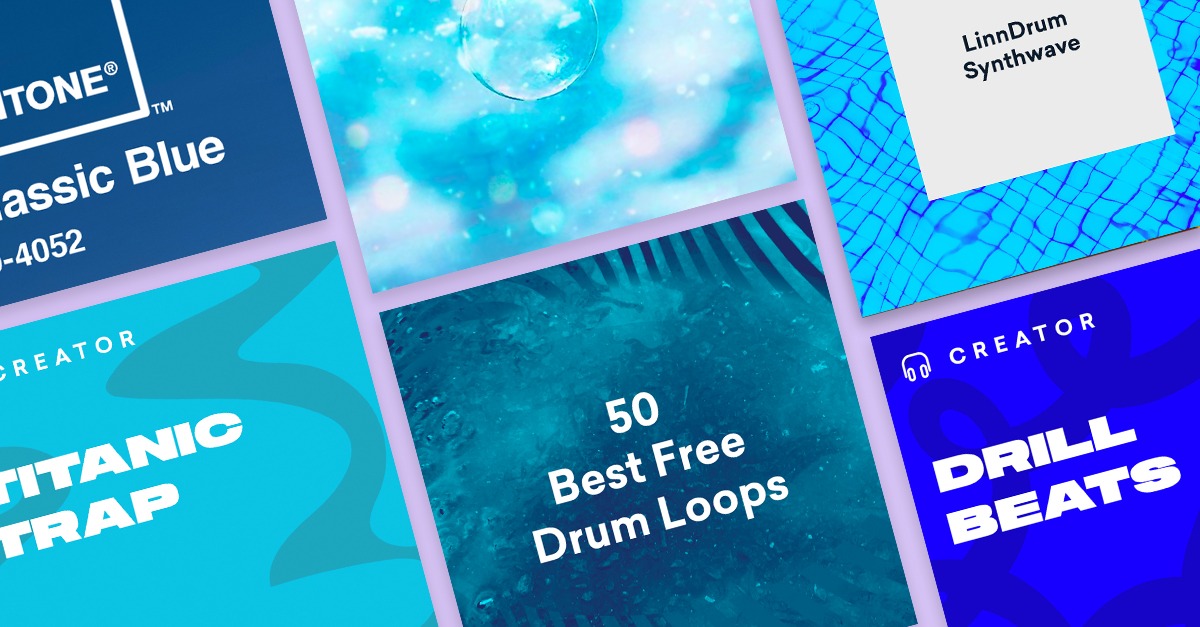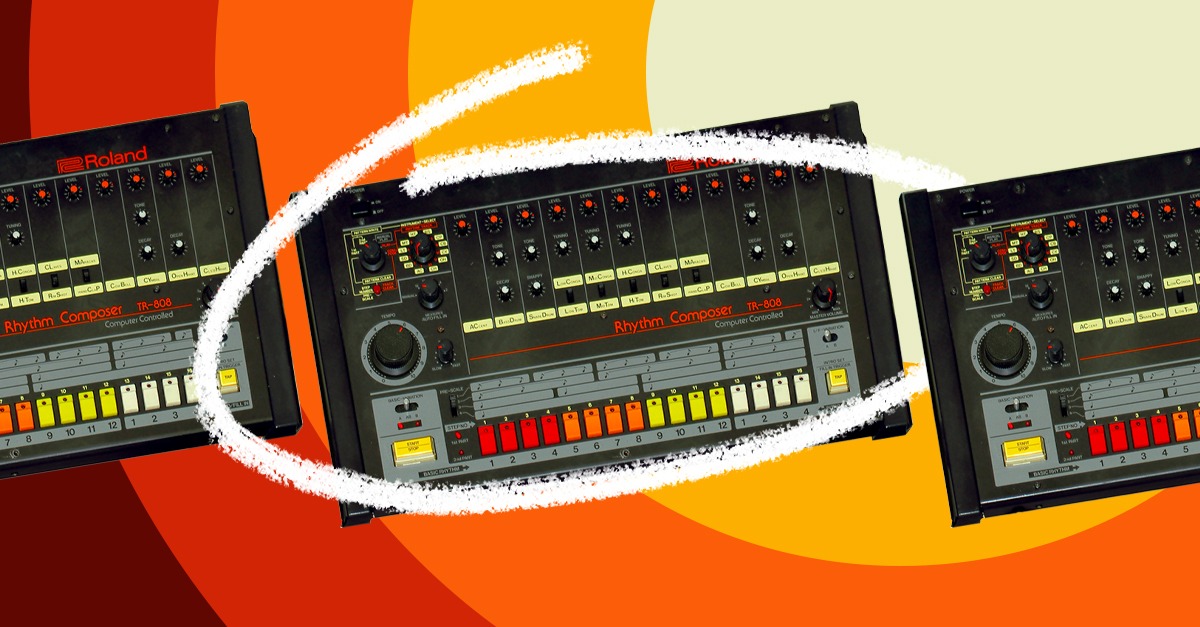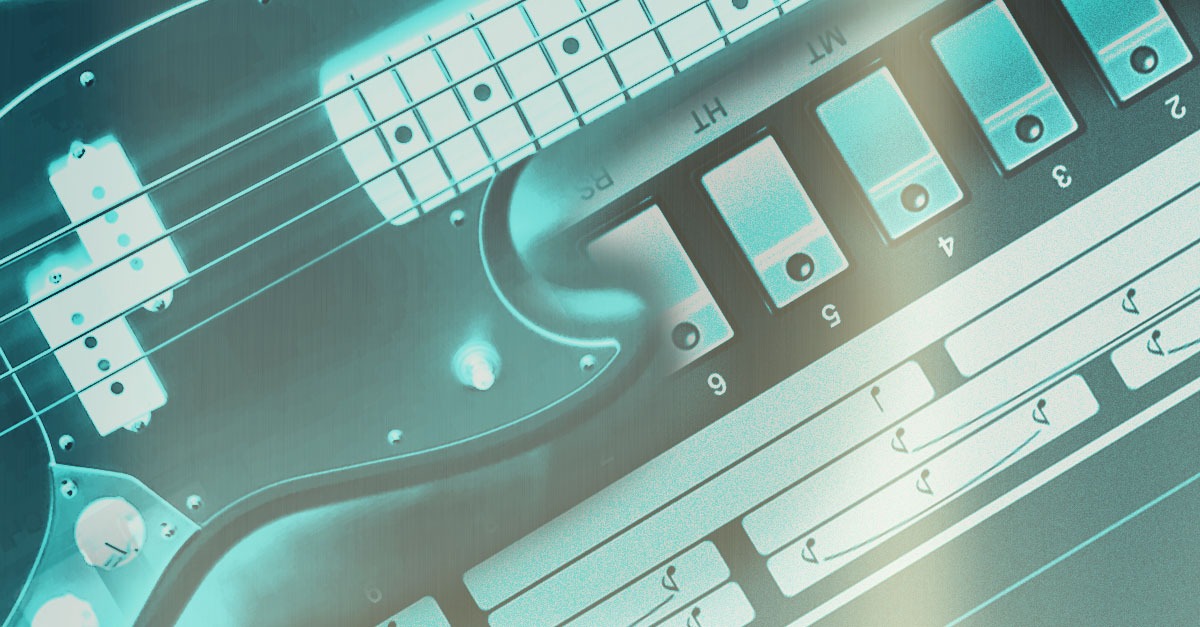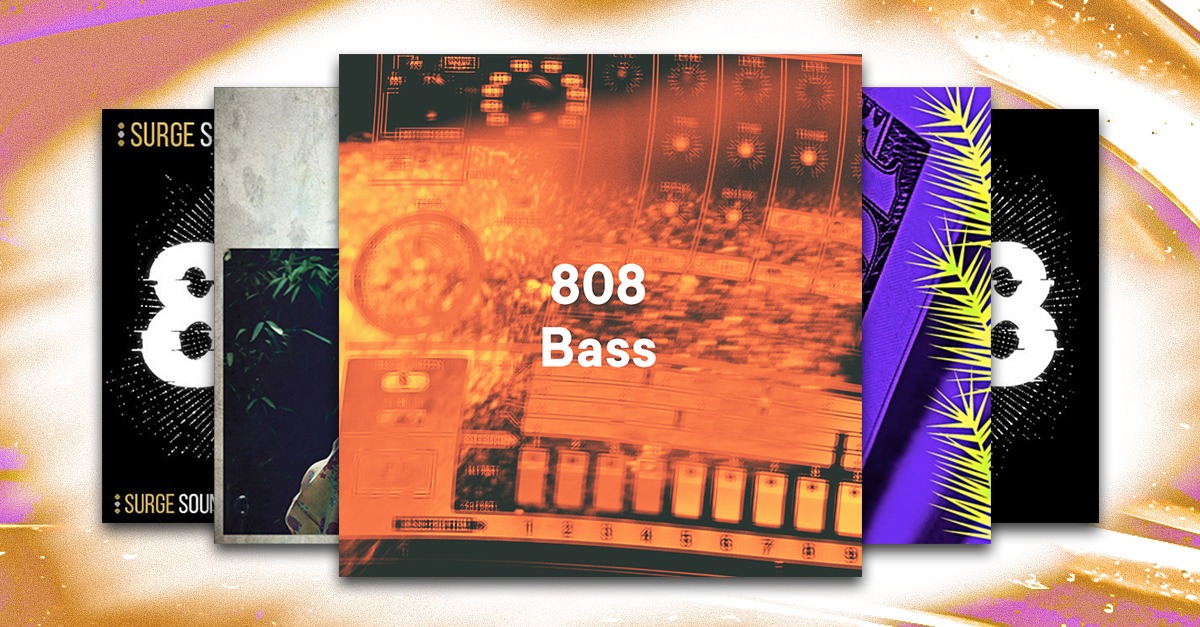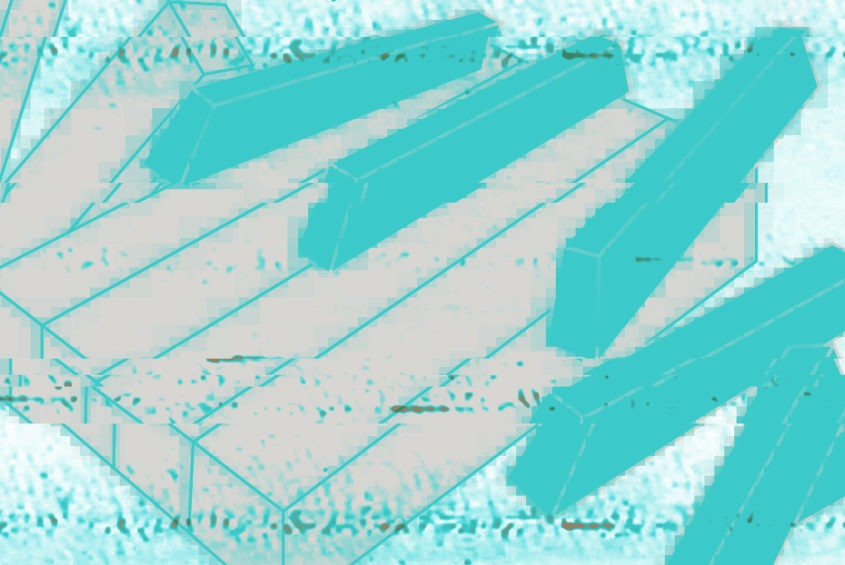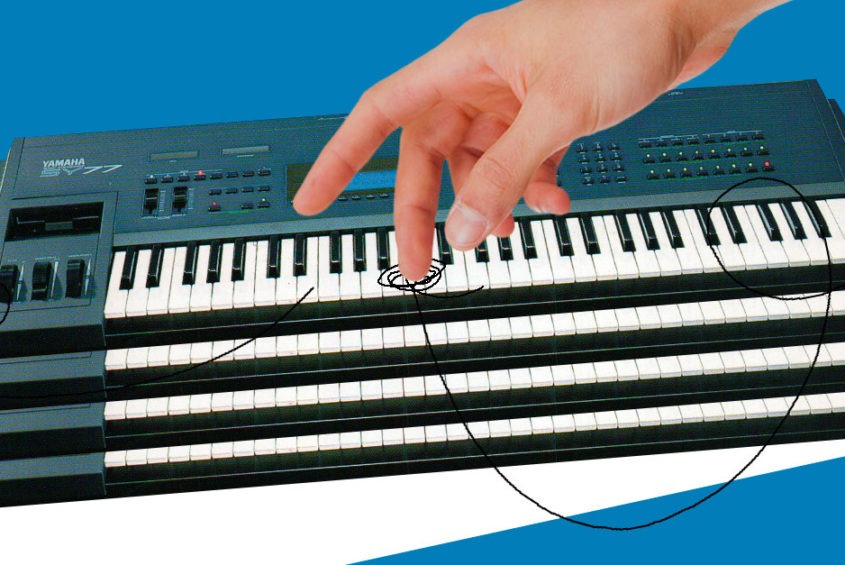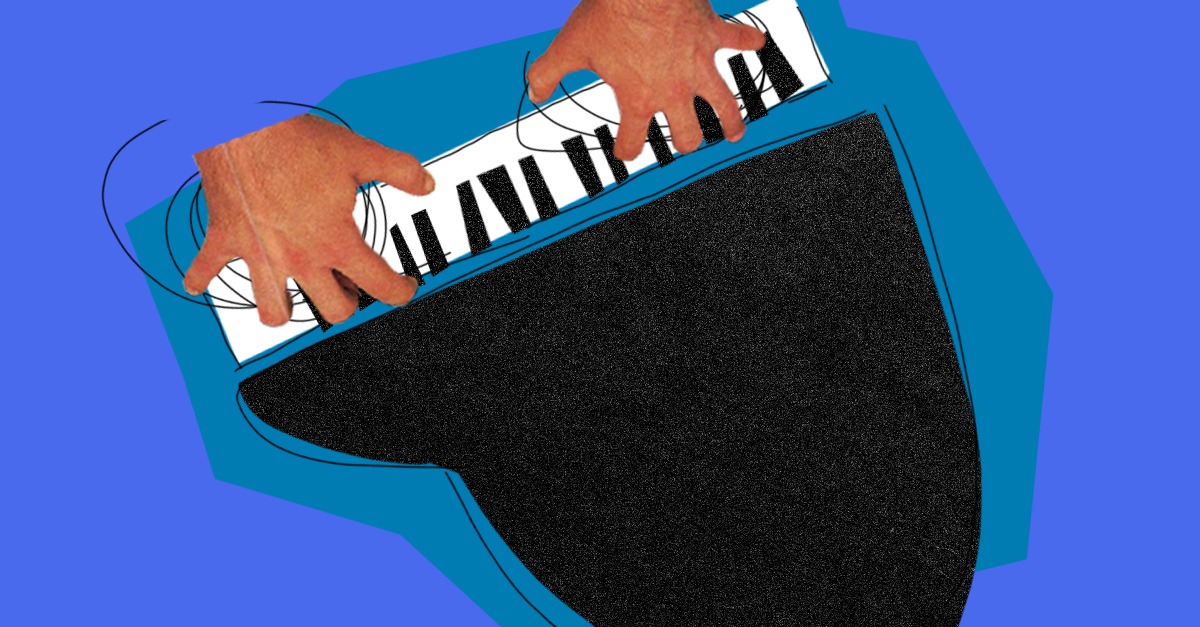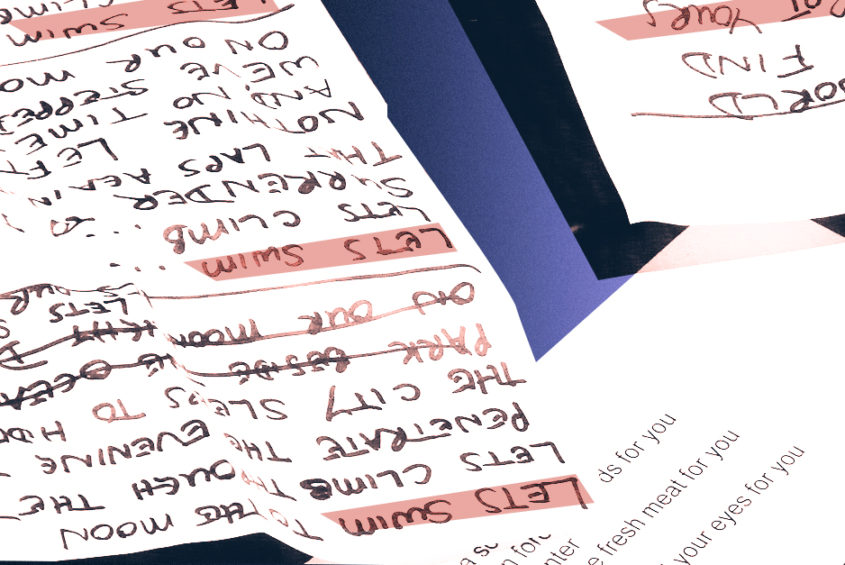Everyone’s making beats nowadays. It’s no surprise that beat-making is an incredibly fun and rewarding pastime that, with practice, may even turn out to be your livelihood.
Beginning with beat-making isn’t hard. Actually, a lot of the concepts we’re going to cover in this article are super easy to know and begin using in your music productions.
Even though the ideas are easy, there are many different things to know as you move via the process of finishing your first beat.
This article is a jumping-off point for your beat-making journey. We’ll stroll you through the fundamentals of everything you should find out about starting and finishing your first beat.
By the end, you understand what tools and software you need, what instrumentation to think about, sampling advice, arrangement tips, production tips, and much more.
Table of Contents
ToggleWhat is beat-making?
Beat-making is a type of music production that almost entirely uses digital tools to create a final piece of music. Rather than counting on live instrumentalists and vocalists, beatmakers will turn to samples, {hardware}, and software to create their music.
Beatmakers typically are known for working within genres like hip-hop, trap, electronic, lo-fi, and even R&B.
However, beat-making makes use of so many various facets of music production that many beatmakers draw on production techniques in pretty much every genre.
To put it bluntly, if you want to be a music producer, chances are you’ll start making beats. It’s the right way to learn everything you should find out about music production.
With that out of the way, let’s dive into everything you should start making your first beat.
Step 1: Get essential beat-making tools
If you want to make a beat you’ll want some software that will help you start.
It doesn’t matter what your budget is. Even if you want to only use free tools, there’s something out there for you.
In fact, at every price point, you’ll be sure of features and functionality that don’t exist in free software.
There are even some online beat-making tools that make it simple to create music in your browser or on your smartphone.
No matter what, there are many important tools you’ll have to create your first beat. They are a DAW, a MIDI controller, and some plugins to help hone your sound.
Essential beat-making software
You’re probably best off starting your first beat in a digital audio workstation or DAW. So pick a DAW that works for your needs and funds.
There’s free DAWs with limited functionality and paid DAWs that come at numerous price points that are geared towards certain sorts of users.
If you don’t want to spend a dime I’d recommend both GarageBand if you’re a Mac user and Reaper if you’re a Windows user.
If you’re ready to get a premium DAW, Ableton and FL Studio are two DAWs that are user-friendly platforms geared towards the creative features of music production and beat making.
Important beat-making {hardware}
You don’t want to buy lots of {hardware} to make beats. Even if it’s super tempting to drop ridiculous quantities of money on MPCs and other grooveboxes.
I personally own a Digitakt, an extremely cool {hardware} sampler that’ll allow you to craft the total beat outside of the DAW. I own one as a result of I discovered deal and was ready to spend on it.
However, with less than $100 you will get all of the {hardware} you need to make an excellent beat.
Primarily you should choose a DAW controller with a set of finger pads for drums, keys for basslines, chords, and melodies, and knobs to control effects parameters.
We’ve covered the most effective DAW controllers in past articles. However, my quick suggestion is to select either an Arturia Minilab, a Novation LaunchKey MINI, or an AKAI MPK Mini.
All you need to do is map your controller in whatever DAW you’re using. And also you’ll be able to manage your software similarly to all the expensive beat-making {hardware} out there.
Important beat making plugins
Plugins are an incredible way to enhance the capabilities of your DAW. They arrive in many types—instruments, effects, compression, saturation, EQ, and more.
The cool thing about plugins? Lots of them are free. That means you’ll be able to add capabilities to any DAW, no matter which one you use.
Beatmakers should lookout for a couple of sorts of plugins in particular—free synths and drum production plugins that are great for creating new tracks, for instance.
If you’re into lo-fi beat making, look for a vinyl emulator, tape saturation, compression, and sampling plugins.
We’ve written about lo-fi-friendly plugins before too if you want more information.
Trap and hip-hop artists might want to take a look at an 808 sound design plugin like SubLab or Grossbeat.
There are such a lot of new plugins that are constantly coming out, so don’t be afraid to explore all the free (and paid) plugins out there right now.
Step 2: Think about the sounds your beat will use
Here are all the tools you need to discover. Now, let’s take a look at instrumentation.
What kinds of instruments and sounds should you find out. And plan to use when making the important parts of your beat?
Most beats are going to have many basic elements. They are drums, bass and low-end, a topline or melody, chords and harmonies, and vocal elements.
In fact, that doesn’t mean that this is the only instrumentation you need to use in your beats, you should be as creative as you want with the sounds you use.
However, here’s more information for what most beats use.
Drums
Drums are the centerpiece of most beats—drum beat is the place the term “beat” comes from after all.
They actually define the overall vibe and style of your beat, so I recommend beginning with a plan for what drum sounds, drum patterns, and rhythmic features your track will use.
There are three ways to make your drum beat—finger drumming them in by hand with MIDI pads, programming a beat with a MIDI editor, or utilizing a premade drum loop.
We’ll jump into using a MIDI editor, later on, but essentially the tool makes it possible to pencil in drum patterns within your DAW.
If programming a MIDI drum pattern is a bit daunting for you, you’ll be able to always go with a premade drum loop sample.
These samples make it easier to put an entire drum part straight into your beat and get things going really fast.
You shouldn’t do anything other than dropping it into the timeline of your DAW and loop it.
The drum production isn’t always easy, but MIDI editors and loops make it way simpler.
Bass and low-end
The next most essential part of your beat is definitely the bass.
Done right this is the part that will make clubs bounce and cars rattle.
The most important part of getting low-end part is knowing how sub-bass and bass frequencies work.
For the greatest outcomes keep your arrangement simple and just remember to EQ’d the low-end sub-bass frequencies from the bass frequencies.
Unsure how to EQ bass properly? We’ve written about it before. However, get in touch with your EQ tools to understand how to get big and chunky bass, especially if you’re using 808s.
Chords & harmonic instruments
If drums and bass are the rhythmic canvas to construct your track on, chords and harmonic instruments are the background hue you’ll “paint” your track over.
Much like how Bob Ross might start a painting with a nice gradient, a well-considered chord progression is one of the simplest ways to add a colorful background to your track.
There are lots of chord progressions to choose from, however, don’t be intimidated.
Whether or not you’re looking for well-loved common chord progressions or lofi and jazz-inspired chord progressions it’s definitely worth getting familiar with some basic chord theory.
Vocals
Vocals are the painter behind the painting. In other words, vocals add a totally new dimension and level of meaning to your track.
Whether you’re writing pop beats, rap beats, electronic beats, and beyond—including lyrics of any kind will change the vibe of your track.
Using your own vocals is great, but if you aren’t ready to sing or rap over your own track you might need to turn to vocal samples from pro rappers and vocalists to fill out your track.
Toplines and melodies
Keeping the Bob Ross painting analogy going—your top line or melody is the hillside, clouds, skyline, trees, and mountains that’ll add definition and sparkle to your beat.
It’s not a rule, however, your top-line will most likely fill out the top-end frequencies of your beat.
It’s a part of your track that may pique your listener’s ears and cut through the noise.
Melody writing is actually hard, but there are lots of tips for writing a really good melody.
Generally, finding a key and scale to work within is a tried and true method for melody writing.

